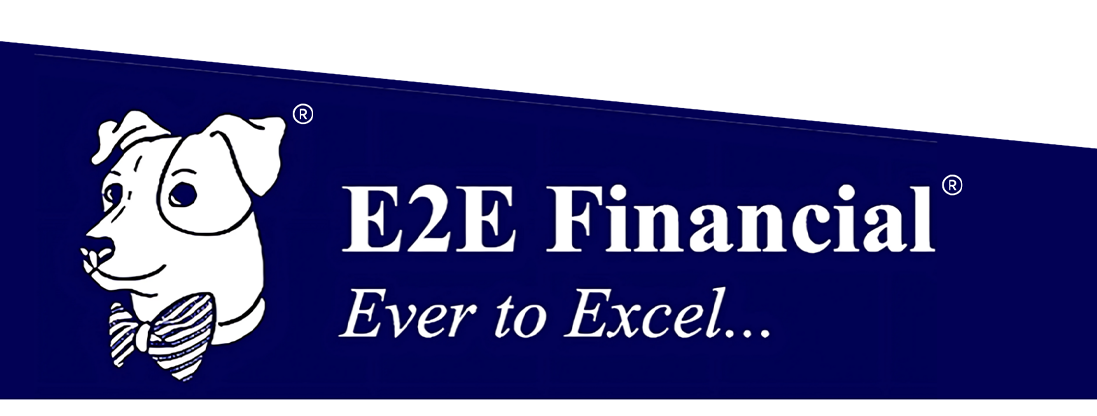If you filled up your gas tank recently, you probably weren’t thrilled with the bill. Prices are up — and not just at the pump. Across many goods and services, they are rising at the fastest pace in decades. While this increases the cost of living, it also has investment implications.
How do you shield a portfolio from rising inflation? There’s no silver bullet, but depending on your investment goals, a few strategies might help. Today we will review one…
TIPS provide direct inflation protection
Many of today’s investors have never had to worry about high inflation. Protecting against rising prices can be important: Inflation erodes purchasing power over time. However, several assets have some indirect inflation hedging potential built in. Some stocks may benefit from rising prices as companies may see their nominal earnings rise with inflation. Many commodities are an input into production and a source of rising prices. So, having some commodity exposures in a portfolio may help hedge against rising prices. Gold is often seen as a safe-haven asset during inflationary periods.
The Consumer Price Index (CPI) is not directly linked to any of these. Consequently, these assets can only do an imperfect job of hedging broad-based purchasing power erosion. For example, if you pick the wrong stocks and inflation affects those companies’ labor costs more than is compensated for by their rising prices, those shares could decline. If you pick the wrong commodities, they could see less value appreciation than others driving the broader trend. Gold, too, is influenced by a variety of factors and market forces that don’t always correlate directly to actual inflation.
A Treasury Inflation-Protected Security (TIPS) is a U.S. Treasury bond that pays additional compensation when inflation rises, linked to CPI. Due to that link, it is arguably the most direct hedge to the sort of broad inflation of goods and services that affect a consumer’s purchasing power.
Do you have TIPS in your portfolio? Are your funds managers using them? No sure? Get a free second opinion on your investment portfolio. Click here to schedule your free consultation.




